
Updated 2019
ANGER
MANAGEMENT
for Substance Use Disorder and
Mental Health Clients
Participant Workbook
This page intentionally left blank
Anger Management
for Substance Use Disorder and Mental Health Clients
Participant Workbook
UPDATED 2019
Patrick M. Reilly, Ph.D.
Michael S. Shopshire, Ph.D.
Timothy C. Durazzo, Ph.D.
Torri A. Campbell, Ph.D.
U.S. DEPARTMENT OF HEALTH AND HUMAN SERVICES
Substance Abuse and Mental Health Services Administraon
Center for Substance Abuse Treatment
5600 Fishers Lane
Rockville, MD 20857

ANGER MANAGEMENT for Substance Use Disorder and Mental Health Clients
Acknowledgments
This workbook was developed for use in conjunction with Anger Management for Substance Use Disorder
and Mental Health Clients: A Cognitive–Behavioral Therapy Manual.
This publication is, in part, a product of research conducted with support from the National Institute on
Drug Abuse, Grant DA 09253, awarded to the University of California–San Francisco. The research for this
publication was also supported by funding from the Department of Veterans Affairs to the San Francisco
Veterans Affairs Medical Center. This publication was updated under contract number 270-14-0445 by the
Knowledge Application Program (KAP) for the Substance Abuse and Mental Health Services Administration
(SAMHSA), U.S. Department of Health and Human Services
(HHS). Suzanne Wise served
a
s
the Contracting
Officer’s Representative, and Candi Byrne served as Alternate Contracting Officer’s Representative. Darrick
D. Cunningham, LCSW, BCD, and Arlin Hatch, CDR, USPHS, Ph.D., served as the Product Champions.
Disclaimer
The views, opinions, and content expressed herein are the views of the authors and do not necessarily
reflect the official position of SAMHSA. No official support of or endorsement by SAMHSA for these
opinions or for the instruments or resources described is intended or should be inferred. The guidelines
presented should not be considered substitutes for individualized client care and treatment decisions.
Public Domain Notice
All materials appearing in this volume except those taken directly from copyrighted sources are in the public
domain and may be reproduced or copied without permission from SAMHSA or the authors. Citation of the
source is appreciated. However, this publication may not be reproduced or distributed for a fee without the
specific, written authorization of the Office of Communications, SAMHSA.
Electronic Access and Copies of Publication
This publication may be ordered or downloaded at https://store.samhsa.gov or by calling SAMHSA at
1-877-SAMHSA-7 (1-877-726-4727) (English and Español).
Recommended Citation
Reilly, P.M., Shopshire, M.S., Durazzo, T.C., & Campbell, T.A. Anger Management for Substance Use Disorder
and Mental Health Clients: Participant Workbook. SAMHSA Publication No. PEP19-02-01-002. Rockville, MD:
Substance Abuse and Mental Health Services Administration, 2019.
Originating Office
Quality Improvement and Workforce Development Branch, Division of Services Improvement, Center for
Substance Abuse Treatment, Substance Abuse and Mental Health Services Administration, 5600 Fishers
Lane, Rockville, MD 20857, SAMHSA Publication No. PEP19-02-01-002.
Nondiscrimination Notice
SAMHSA complies with applicable federal civil rights laws and does not discriminate on the basis of race,
color, national origin, age, disability, or sex. SAMHSA cumple con las leyes federales de derechos civiles
aplicables y no discrimina por motivos de raza, color, nacionalidad, edad, discapacidad, o sexo.
SAMHSA Publication No. PEP19-02-01-002
First Printed 2002
Updated 2019
ii

iii
Participant Workbook
CONTENTS
Introduction ....................................................................1
Session 1
Overview of Anger Management Treatment .................................3
Session 2
Events and Cues ........................................................9
Session 3
Anger Control Plans ....................................................15
Session 4
The Aggression Cycle ...................................................21
Session 5
Cognitive Restructuring .................................................27
Session 6
Practice Session #1 .....................................................31
Sessions 7 & 8
Assertiveness Training and the Conflict Resolution Model ................35
Sessions 9 & 10
Anger and the Family .............................................41
Session 11
Practice Session #2 ....................................................47
Session 12
Closing and Graduation ................................................51
Appendix
Authors’ Acknowledgments ..............................................53
This page intentionally left blank

1
Participant Workbook
INTRODUCTION
This workbook is designed to be used by participants in an anger management group treatment
for individuals with substance use or mental disorders. Practitioners report that the manual and
workbook have also been used successfully for self-study, without the support of a clinician or
a group. The workbook provides individuals participating in the 12-week anger management
group treatment with a summary of core concepts, worksheets for completing between-session
challenges, and space to take notes for each of the sessions. The concepts and skills presented
in the anger management treatment are best learned by practice and review and by completing
the between-session challenges in this workbook. Using this workbook as you participate in the
12-week anger management group treatment will help you develop the skills that are necessary
to successfully manage anger.
Introduction
This page intentionally left blank

3
Participant Workbook
SESSION 1
Session 1
OVERVIEW OF ANGER MANAGEMENT TREATMENT
In this first session, you will get a general overview of the anger management treatment. This
includes the purpose of the group, group rules, definitions of anger and aggression, myths about
anger, information about anger as a habitual response, and the introduction of the anger meter
used to monitor anger.
Purpose of the Group
1. Learn to manage anger effectively.
2. Stop violence or the threat of violence.
3. Develop self-control over thoughts and actions.
4. Receive support from others.
Group Rules
1. Group Safety. No violence or threats of violence toward staff or other group members are
permitted. It is very important that you view the group as a safe place to share your experiences
and feelings without threats or fear of physical harm.
2. Confidentiality. Group members should not discuss outside of the group what other
members say.
3. Between-Session Challenges. Brief between-session challenges will be given each week.
Completing these challenges will improve your anger management skills and allow you to get the
most from the group experience.
4. Absences and Cancellations. You should call or notify the group leader in advance if you
cannot attend a group session. Because of the amount of material presented in each session, you
may not miss more than 3 of the 12 sessions.
If you miss more than three sessions, you may continue attending the weekly sessions, but you
will not receive a certificate of completion.
5. Timeouts. The group leader reserves the right to call a timeout at any time. Eventually, you will
learn to call a timeout yourself if you feel that you may be losing control because your anger is
escalating.
6. Relapses. If you have a relapse during enrollment in the group, you will not be discharged.
However, if you have repeated relapses, you will be asked to start anger management treatment
again and will be referred to a more intensive treatment setting.
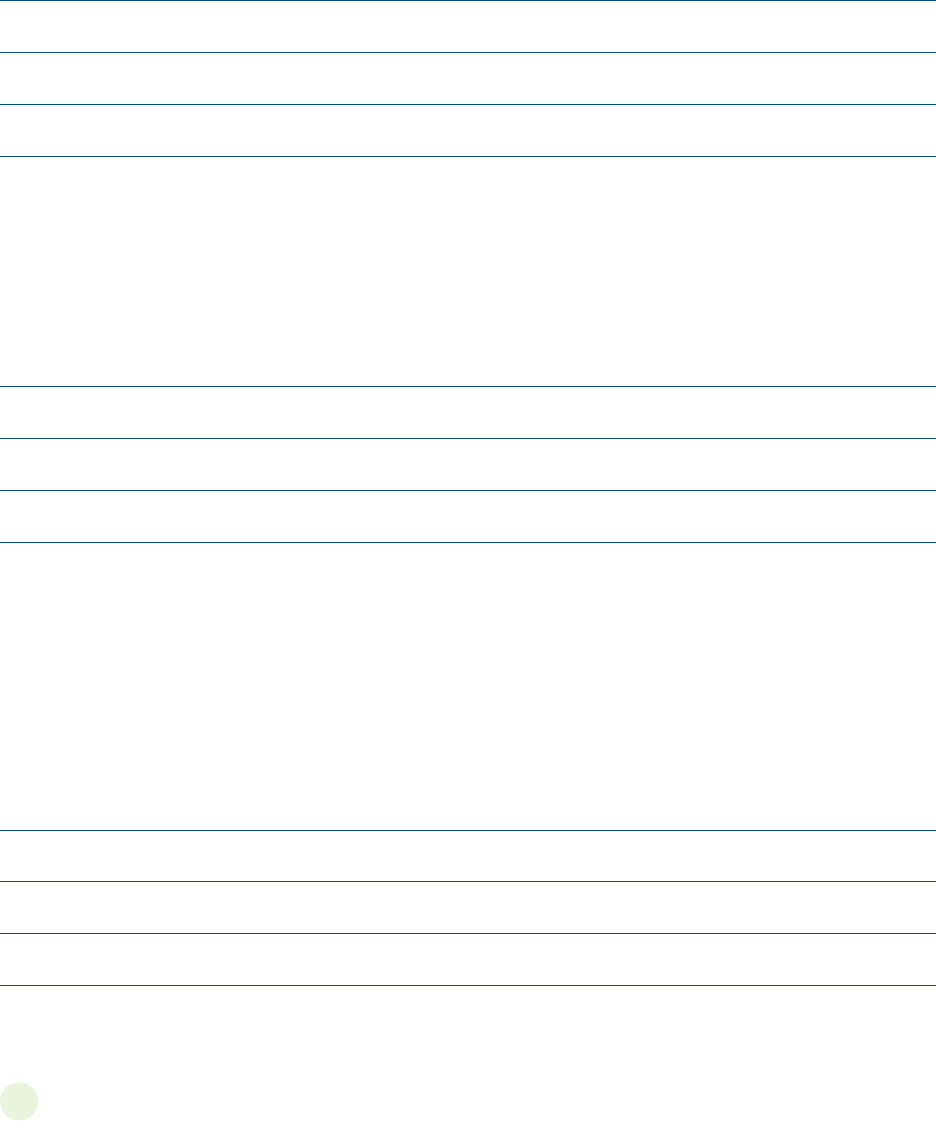
ANGER MANAGEMENT for Substance Use Disorder and Mental Health Clients
Overview of Group Anger Management Treatment
Definitions
In the most general sense, anger is a feeling or emotion that ranges from mild irritation to
intense fury and rage. Many people often confuse anger with aggression. Aggression is behavior
that is intended to cause harm or injury to another person or damage to property. Hostility, on
the other hand, refers to a set of attitudes and judgments that motivate aggressive behaviors.
• Before you learned these definitions, did you ever confuse anger with aggression?
Please explain how.
When Does Anger Become a Problem?
Anger becomes a problem when it is felt too intensely, is felt too frequently, or is expressed
inappropriately. Feeling anger too intensely or frequently places extreme physical strain on the body.
• List some ways anger may be affecting you physically.
Payoffs and Consequences
The inappropriate expression of anger initially has apparent payoffs (for example, releasing tension,
controlling people). In the long term, however, these payoffs lead to negative consequences. That
is why they are called “apparent” payoffs; the long-term negative consequences far outweigh the
short-term gains.
• List some payoffs to using anger that you are familiar with.
4
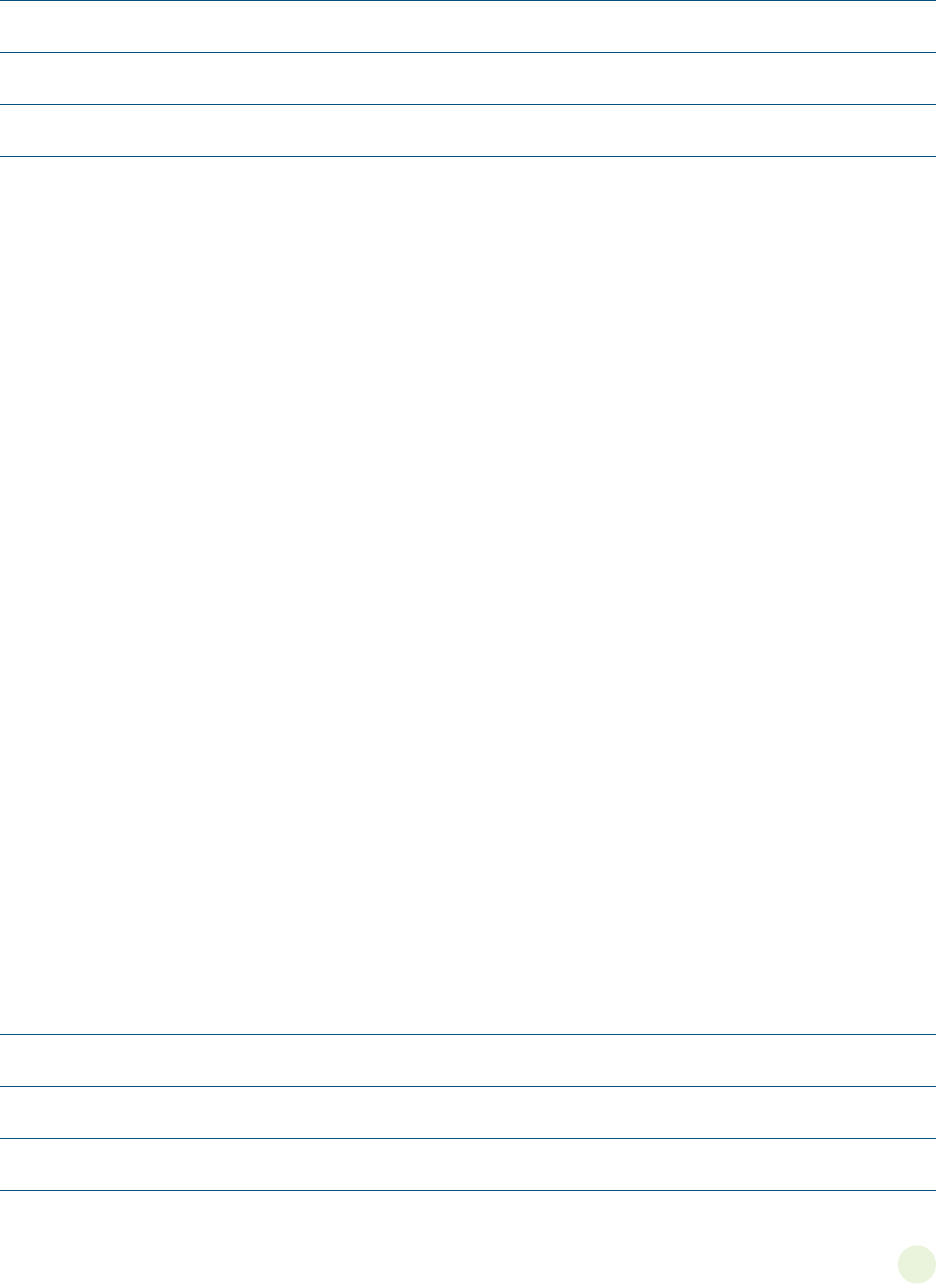
5
Participant Workbook
SESSION 1
• List the negative consequences that you have experienced as a result of expressing your
anger inappropriately.
Myths About Anger
Myth #1: The Way You Express Anger Cannot Be Changed. One misconception or myth about
anger is that the way people express anger is inherited and cannot be changed. Our facial
expressions and our nervous system’s response when we become angry are inherited, but what
we do next, our behavior, is learned. Because people are not born with set, specific ways of
expressing anger, it is possible to learn more appropriate ways of expressing anger. Similarly, it is
also possible to change the way your nervous system reacts after you get angry. You can learn to
calm down more quickly with practice.
Myth #2: Anger Automatically Leads to Aggression. A related myth involves the misconception
that the only effective way to express anger is through aggression. There are other more
constructive and assertive ways, however, to express anger. Effective anger management involves
controlling the escalation of anger by learning assertiveness skills, changing negative and hostile
thoughts or “self-talk,” challenging irrational beliefs, and employing a variety of behavioral
strategies. These skills, techniques, and strategies will be discussed in later sessions.
Myth #3: You Must Be Aggressive To Get What You Want. Many people confuse assertiveness
with aggression. The goal of aggression is to dominate, intimidate, harm, or injure another
person—to win at any cost. Conversely, the goal of assertiveness is to express feelings of anger
in a way that is respectful of other people. Expressing yourself in an assertive manner does not
blame or threaten other people and minimizes the chance of emotional harm. You will learn
about the topic of assertiveness skills in more detail in sessions 7 and 8.
Myth #4: Venting Anger Is Always Desirable. For many years, there was a popular belief that the
aggressive expression of anger, such as screaming or beating on pillows, was healthy and therapeutic.
Research studies have found, however, that people who vent their anger aggressively simply get better at
being angry. In other words, venting anger in an aggressive manner reinforces aggressive behavior.
• Before our discussion, did you believe any of these myths about anger to be true? If so, which ones?
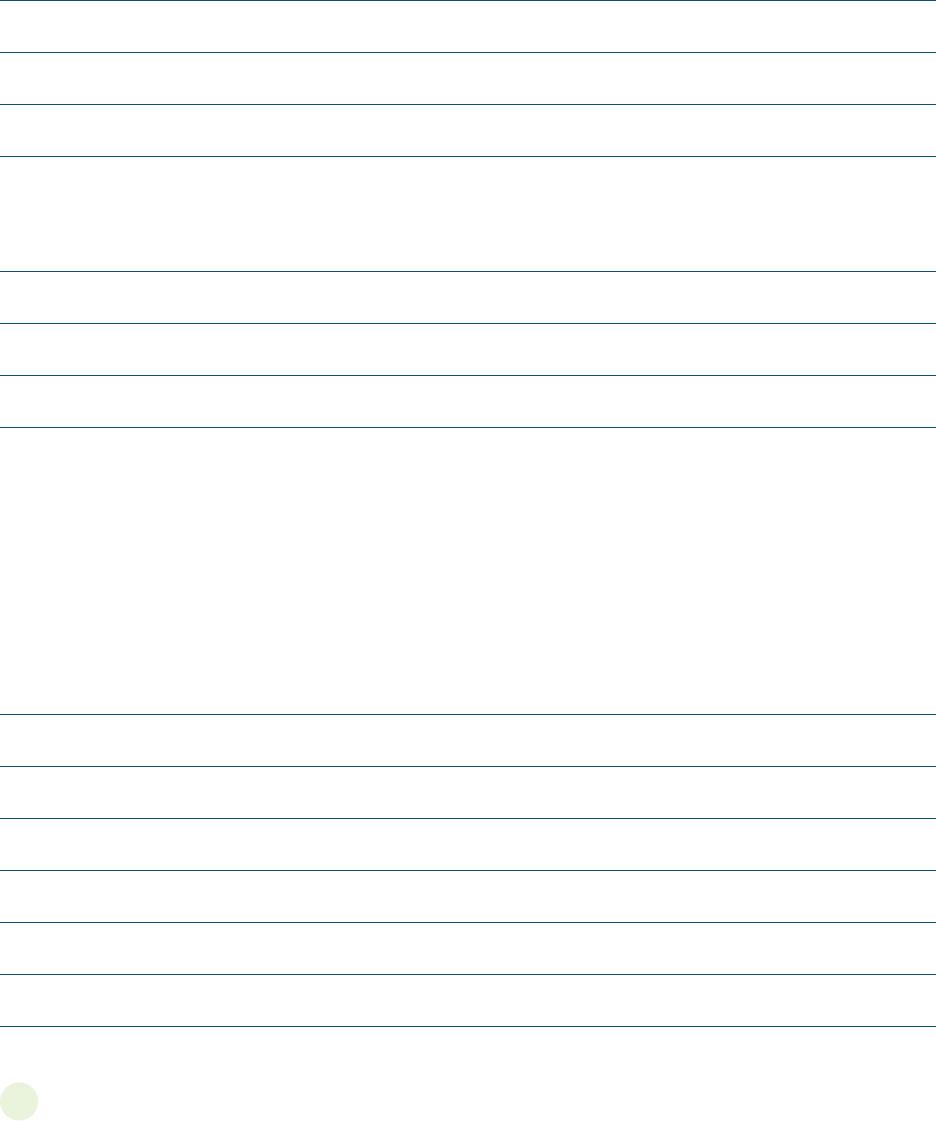
ANGER MANAGEMENT for Substance Use Disorder and Mental Health Clients
Overview of Group Anger Management Treatment
Anger Is a Habit
Anger can become a routine, familiar, and predictable response to a variety of situations. When
anger is displayed frequently and aggressively, it can become a maladaptive habit. A habit, by
definition, means performing behaviors automatically, over and over again, without thinking. The
frequent and aggressive expression of anger can be viewed as a maladaptive habit because it
results in negative consequences.
• Has anger become a habit for you? How?
• In what ways has it been maladaptive?
Breaking the Anger Habit
You can break the anger habit by becoming aware of the events and circumstances that trigger
your anger and the negative consequences that result from it. In addition, you need to develop a
set of strategies to effectively manage your anger. You will learn more about strategies to manage
anger in session 3.
• List some anger control strategies that you might know or that you may have used in the past.
6
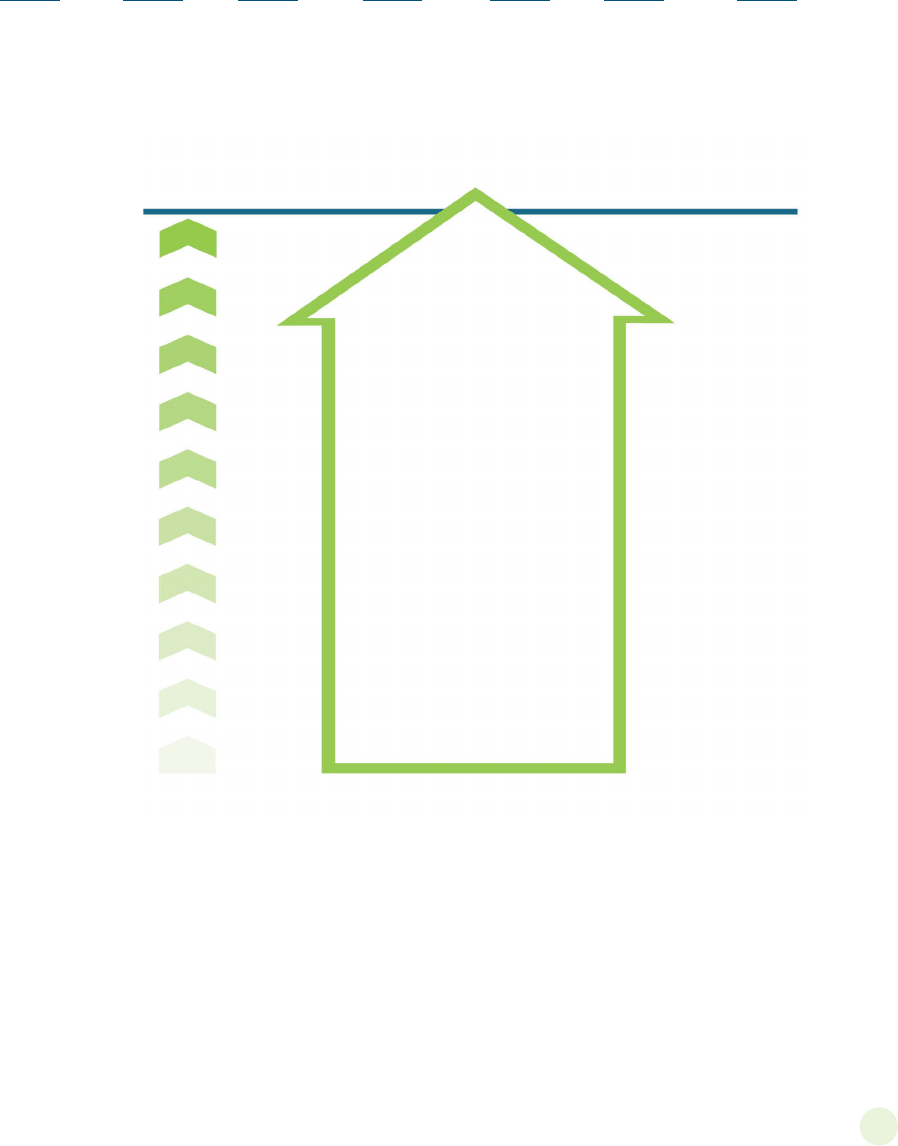
7
Participant Workbook
SESSION 1
Anger Meter
A simple way to monitor your anger is to use a 1-to-10 scale called the anger meter. A score of
1 on the anger meter represents a complete lack of anger or a total state of calm, whereas 10
represents an angry and explosive loss of control that leads to negative consequences.
• For each day of the upcoming week, monitor and record the highest number you reach on
the anger meter.
_____ M _____ T _____ W _____ Th _____ F _____ Sat _____ Sun
• Be prepared to report the highest level of anger you reached during the week in next week’s group.
Anger Meter
• explosion • loss of control
• violence • negative consequences
10
9
8
7
6
5
4
3
2
1
•
You have a choice!
•
Use your anger
control plan to
avoid reaching 10!

ANGER MANAGEMENT for Substance Use Disorder and Mental Health Clients
Overview of Group Anger Management Treatment
Notes
8
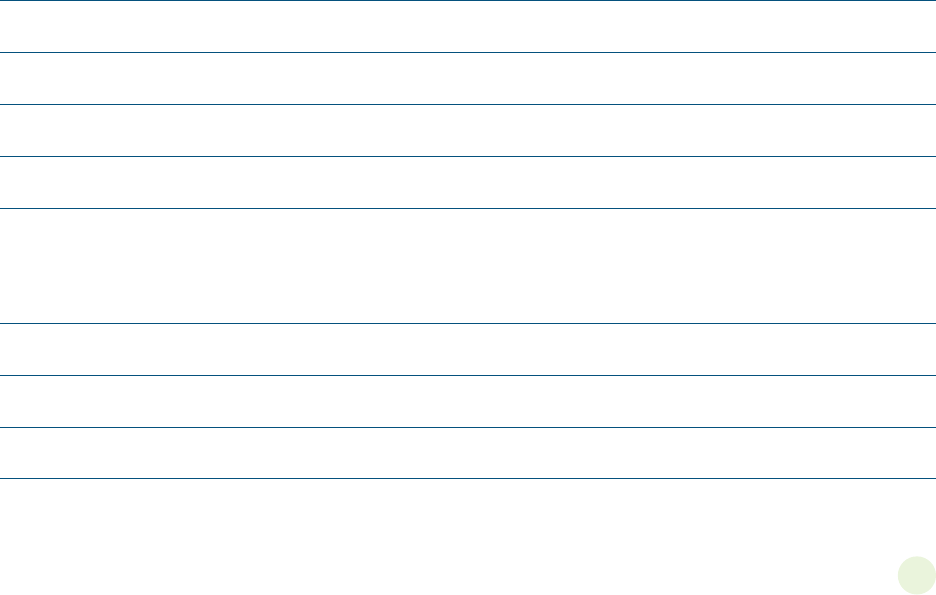
9
Participant Workbook
Session 2
EVENTS AND CUES
In this session, you will begin to learn how to analyze an episode of anger. This involves learning
how to identify events and cues that indicate an escalation of anger.
Events That Lead to Anger
When you get angry, it is because your interpretation of an event in your life has provoked your
anger. Many times, specific events touch on sensitive areas. These sensitive areas or “red flags”
usually refer to longstanding issues that can easily lead to anger. In addition to events that you
experience in the here and now, you may also recall an event from your past that made you
angry. Just thinking about these past events may make you angry now. Here are examples of
events or issues that can lead to anger:
— Having to wait a long time (on the phone or in an office)
— Being stuck in traffic or on a crowded bus
— A friend or coworker saying hurtful or untrue things
— A friend not paying back money owed to you
— Having to clean up someone else’s mess
— Neighbors who are inconsiderate
— Dealing with a frustrating person or situation on the Internet
• What are some of the general events and situations that lead to anger for you?
• What are some of the red-flag events and situations associated with anger for you?
SESSION 2
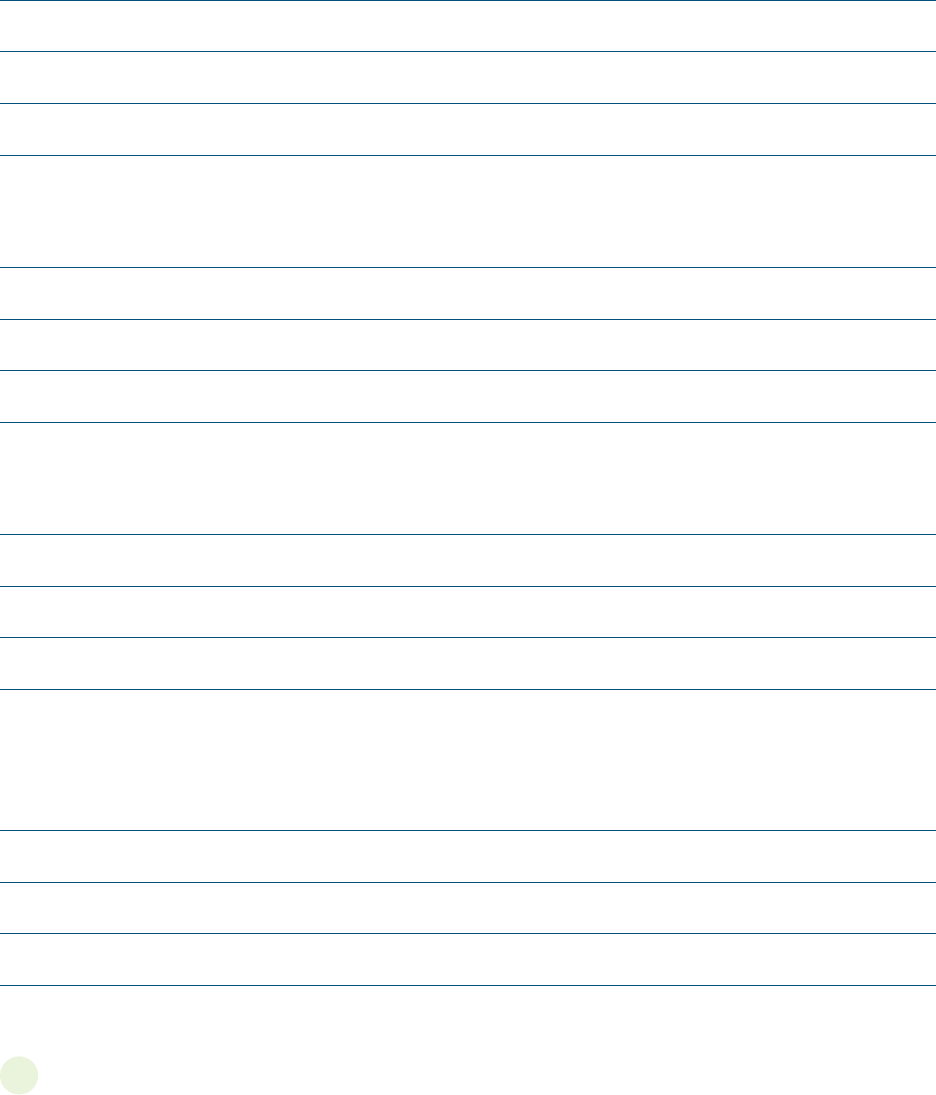
Cues to Anger: Four Cue Categories
A second important way to monitor anger is to identify the cues that occur in response to the
anger-related event. These cues serve as warning signs that you have become angry and that
your anger is escalating. Cues can be broken down into four cue categories: physical, behavioral,
emotional, and cognitive (or thought) cues. After each category, list the cues that you have
noticed when you get angry.
1. Physical Cues (how your body responds—with an increased heart rate, tightness in the chest,
feeling hot or flushed)
2. Behavioral Cues (what you do—clench your fists, raise your voice, stare at others)
3. Emotional Cues (other feelings that may occur along with anger—fear, hurt, jealousy, disrespect)
4. Cognitive Cues (what you think about in response to the event—hostile self-talk, images of
aggression and revenge)
10
Events and Cues
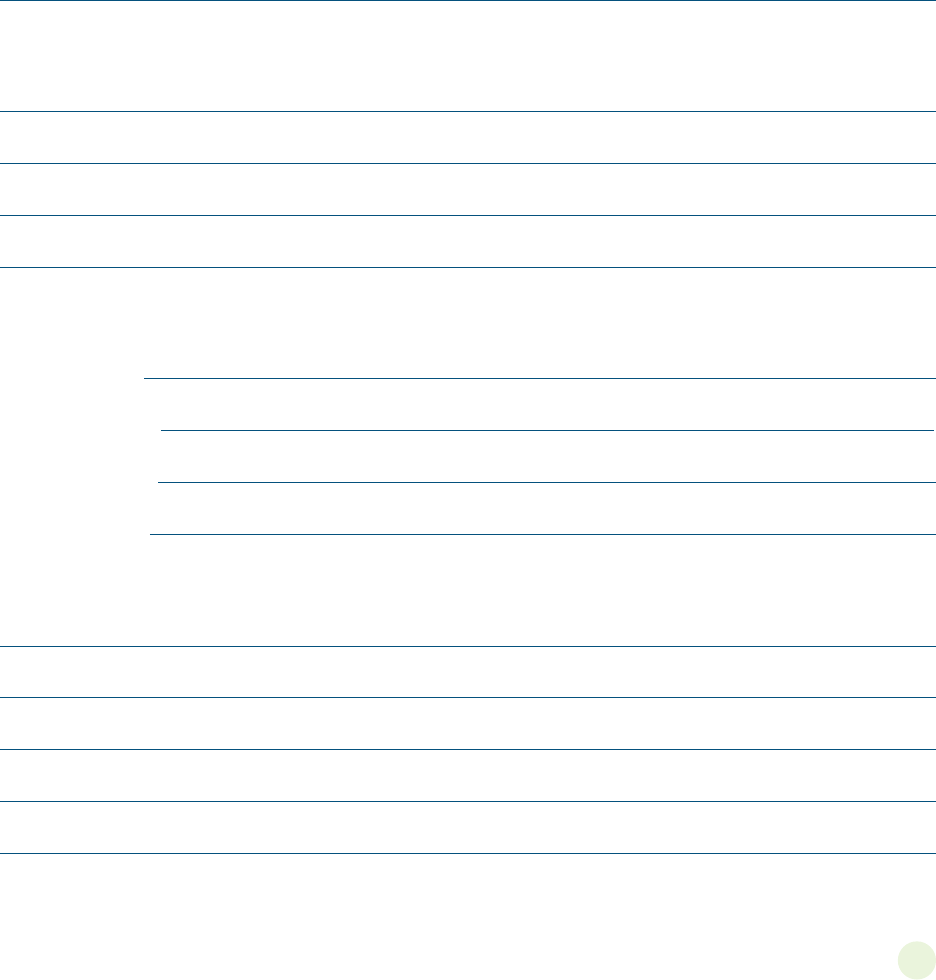
11
Participant Workbook
Check-In Procedure: Monitoring Anger for the Week
In this session, you began to learn to monitor your anger and to identify anger-related events
and situations. Monitoring your anger will help increase your awareness about your patterns
of anger and identify the kinds of situations, thoughts, feelings, and consequences that are
associated with anger. In each weekly session, there will be a check-in procedure to follow up on
the between-session challenge from the previous week and to report the highest level of anger
reached on the anger meter during the past week. You will also use the anger awareness record
to identify the event that led to your anger, the cues that were associated with your anger, any
positive outcomes or negative consequences, and the strategies you used to manage your anger
in response to the event (see chart on page 13). You will be using the following format to check in
at the beginning of each session:
1. What was the highest number you reached on the anger meter during the past week?
2. What was the event that led to your anger?
3. What cues were associated with the anger-related event?
Physical cues
Behavioral cues
Emotional cues
Cognitive cues
4. What strategies did you use to avoid reaching 10 on the anger meter?
SESSION 2
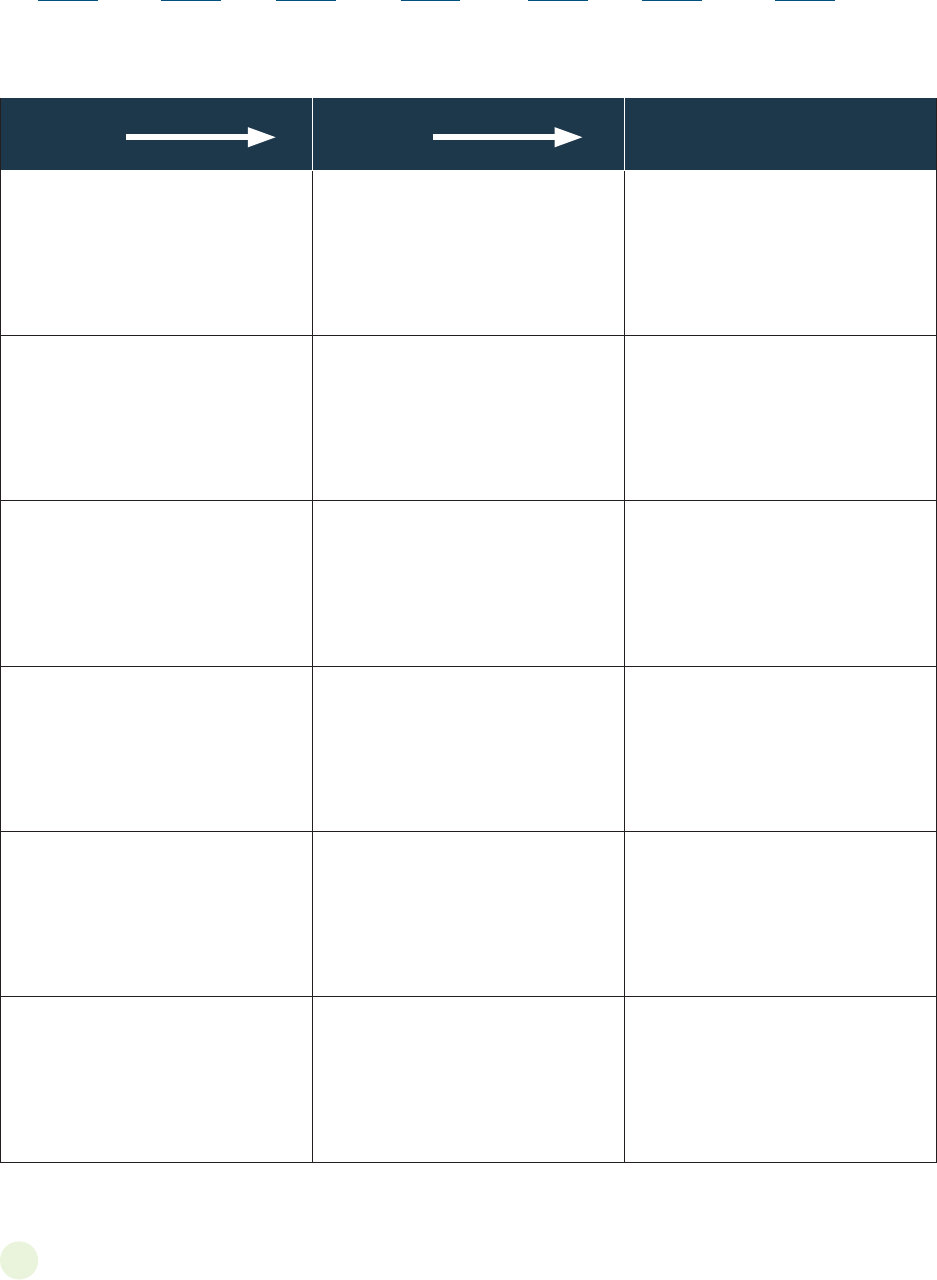
• For each day of the upcoming week, monitor and record the highest number you reach on
the anger meter.
_____ M _____ T _____ W _____ Th _____ F _____ Sat _____ Sun
Events, Cues, and Strategies Identified During the Check-In Procedure
Event Cues Strategies
12
Events and Cues

13
Participant Workbook
Anger Awareness Record
Situation Anger Cues
Anger
Meter
Rating Behavior
Consequences
(positive or
negative)
Strategies
Used
What sets me up to
become angry?
What was I thinking?
What was I feeling?
What did I tell myself?
1=Low
10=High
What did I do then? What good or bad
things happened?
What tools did I
use to respond?
SESSION 2

Notes
14
Events and Cues

15
Participant Workbook
Session 3
ANGER CONTROL PLANS
In this session, you will begin learning about specific strategies to manage your anger. The anger
control plan refers to the list of strategies you will identify to manage and control your anger.
Anger Control Plans
Up to now, the group has been focusing on how to monitor anger. In the first session, you
learned how to use the anger meter to rate your anger. Last week, you learned how to identify
the events that lead to your anger, as well as the physical, behavioral, emotional, and cognitive
cues associated with each event. You also learned to monitor the events, cues, outcomes,
and strategies with the anger awareness record. In this session, you will begin to develop your
own anger control plans and learn how you can use specific strategies, such as timeouts and
relaxation, to control anger. Some people refer to their anger control plans as their toolbox and
the specific strategies they use to control their anger as the tools in their toolbox.
An effective set of strategies for controlling anger should include both immediate and preventive
strategies. Examples of immediate strategies include timeouts, deep-breathing exercises, and
thought stopping. Examples of preventive strategies include developing an exercise program and
changing irrational beliefs. These strategies will be discussed in later sessions.
Timeouts
The timeout is a basic anger management strategy that should be in everyone’s anger control
plan. Just as a sports team will call a timeout to regroup, you can use a timeout to collect yourself
or change the situation when you feel anger building. In its simplest form, a timeout means
taking a few deep breaths and thinking instead of reacting. It may also mean leaving the situation
that is causing the escalation or simply stopping the discussion that is provoking your anger.
You can develop a formal timeout policy that involves your relationships with family members,
friends, and coworkers. The formal use of a timeout involves having an agreement, or a
prearranged plan, by which any of the parties involved can call a timeout and to which all parties
have agreed in advance. The person calling the timeout can leave the situation, if necessary.
It is agreed, however, that he or she will return to either finish the discussion or postpone it,
depending on whether the parties involved feel they can successfully resolve the issue.
A timeout is important because it can be used effectively in the heat of the moment. Even if
a person’s anger is escalating quickly as measured on the anger meter, he or she can prevent
reaching 10 by taking a timeout and leaving the situation.
A timeout is also effective when used with other strategies. For example, you can take a timeout
and go for a walk. You can also take a timeout and call a trusted friend or family member or write
in your journal. These other strategies help you calm down during your timeout period.
SESSION 3
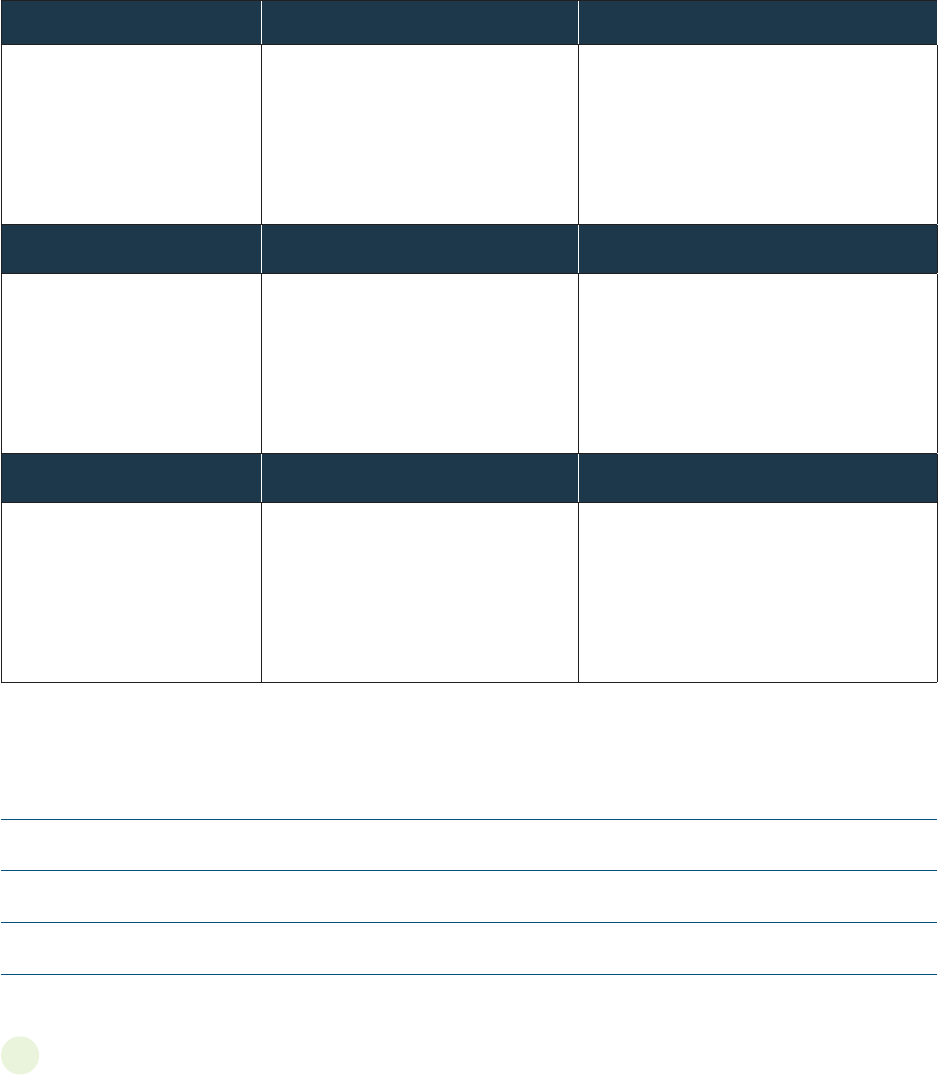
Social Support
An important part of your anger control plan can be social support. We all need support at
different times in our lives to help us reach our goals and deal successfully with challenges that
come our way. Having a network of people who understand and support your efforts to change
can be extremely helpful. You should seek support and feedback from family members and
people you trust, including members of 12-Step groups, 12-Step sponsors, or other mutual-
help group members. A social support action plan that you develop yourself may help you
follow through with seeking social support.
Plan for Seeking Support
Support How This Support Will Help Plan for Getting This Support
Support How This Support Will Help Plan for Getting This Support
Support How This Support Will Help Plan for Getting This Support
• Can you think of someone you would reach out to for social support? How would you ask that
person to support you?
16
Anger Control Plans
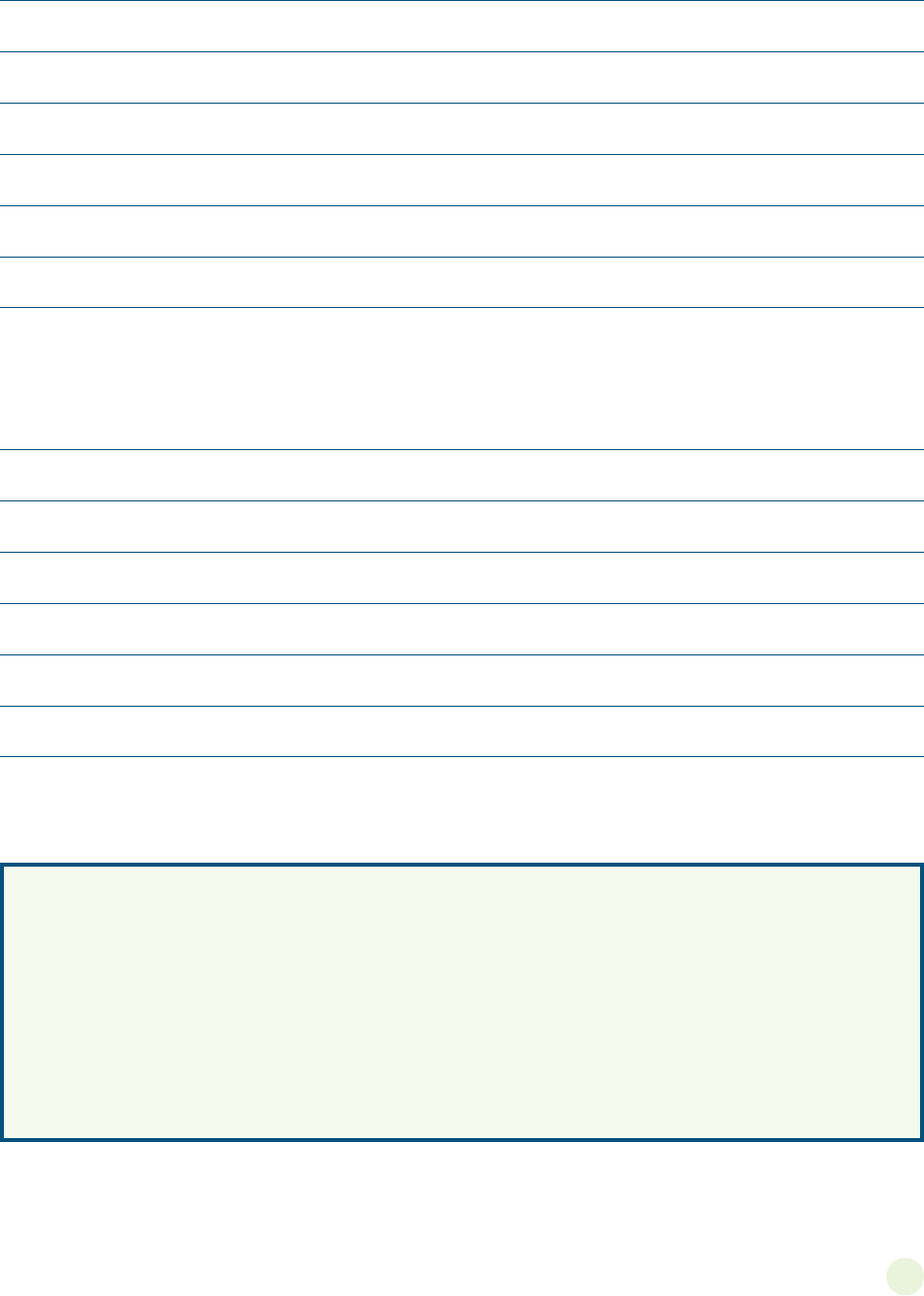
17
Participant Workbook
• Can you think of situations where you would use the timeout strategy? Please describe them.
• Can you think of specific strategies that you might use to control your anger? Please
describe them.
Sample of an Anger Control Plan
1. Take a timeout.
2. Talk to a friend (someone you trust).
3. Use the Conflict Resolution Model to solve problems with expressing anger (discussed
in more detail in sessions 7 and 8).
4. Exercise (for example, take a walk, go to the gym).
5. Attend 12-Step meetings.
6. Explore primary feelings beneath the anger.
SESSION 3

Relaxation Through Breathing
We will end this session by practicing a deep-breathing exercise as a relaxation technique.
You can practice this exercise on your own by focusing on your breathing, taking several deep
breaths, and trying to release any tension you might have in your body. You should practice this
exercise as often as possible. Here are the directions.
Find a comfortable position in your chair. If you would like, close your eyes; if not, just gaze
down at the floor. Take a few moments to settle yourself. Now become aware of your body.
Check for any tension, beginning with your feet, moving upward to your head. Notice any
tension you might have in your legs, stomach, hands and arms, shoulders, neck, and face.
Try to let go of any tension.
Now, become aware of your breathing. Pay attention to your breath as it enters and leaves
your body. This can be very relaxing.
Take a deep breath. Notice your lungs and chest expanding. Now slowly exhale. Again, take a
deep breath. Fill your lungs and your chest. Notice how much air you can take in. Hold it for a
second. Now release it and exhale slowly. Inhale slowly and fully one more time. Hold it for a
second and release.
Continue breathing in this way for another couple of minutes. Continue to focus on your
breath. With each inhalation and exhalation, feel your body becoming more and more
relaxed. Use your breathing to wash away any remaining tension.
Now take another deep breath. Inhale fully, hold it for a second, and release. Inhale again,
hold, and release. Continue to be aware of your breath as it fills your lungs. Once more,
inhale fully, hold it for a second, and release.
When you feel that you are ready, open your eyes. How was that? Did you notice any new
sensations while you were breathing? How do you feel now?
This breathing exercise can be shortened to just three deep inhalations and exhalations. Even
that can be effective in helping you relax when your anger is escalating. You can practice this at
home, at work, on the bus, while waiting for an appointment, or even while walking. The key to
using deep breathing as an effective relaxation technique is to practice it frequently and to apply
it in a variety of situations.
18
Anger Control Plans

19
Participant Workbook
Monitoring Anger for the Week
1. What was the highest number you reached on the anger meter during the past week?
Use your entries on the anger awareness record to respond to the next questions.
2. What was the event that led to your anger?
3. What cues were associated with the anger-related event?
Physical cues
Behavioral cues
Emotional cues
Cognitive cues
4. What strategies did you use to avoid reaching 10 on the anger meter?
• For each day of the upcoming week, monitor and record the highest number you reach on
the anger meter.
_____ M _____ T _____ W _____ Th _____ F _____ Sat _____ Sun
SESSION 3

Notes
20
Anger Control Plans
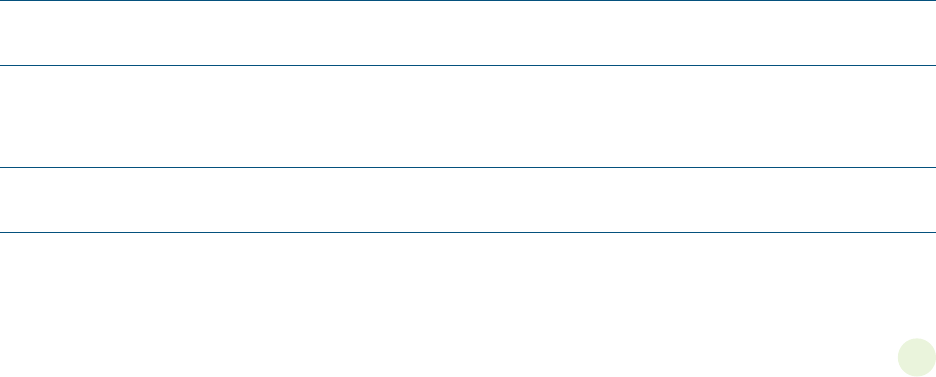
21
Participant Workbook
Session 4
THE AGGRESSION CYCLE
In this session, you will learn about the aggression cycle and practice progressive muscle
relaxation. The aggression cycle integrates some of the ideas and tools you’ve already learned
about: the anger meter, cues to anger, the anger awareness record, and the anger control plan.
The Aggression Cycle
An episode of anger can be viewed as consisting of three phases: buildup, explosion, and
aftermath. Together, these three phases make up the aggression cycle. The buildup phase
is characterized by cues that indicate anger is building. As you may recall, cues are warning
signs, or responses, to anger-related events. If the buildup phase is allowed to continue, the
explosion phase can follow. The explosion phase is marked by a discharge of anger that is
displayed as verbal or physical aggression. The aftermath phase is characterized by the negative
consequences that result from the verbal or physical aggression displayed during the explosion
phase. These consequences may include going to jail, making restitution, being terminated from
a job, being discharged from a drug treatment or social service program, losing family and loved
ones, or feelings of guilt, shame, and regret.
The Aggression Cycle and the Anger Meter
Notice that the buildup and explosion phases of the aggression cycle correspond to levels or
points on the anger meter. The points on the anger meter below 10 represent the buildup phase,
the escalation of anger. The explosion phase, on the other hand, corresponds to a 10 on the
anger meter. A 10 on the anger meter represents when you begin to lose control and express
anger through verbal or physical aggression that leads to negative consequences.
One of the primary objectives of anger management treatment is to stop you from reaching
the explosion phase. This is accomplished by using the anger meter to monitor changing levels
of anger, attending to the cues or warning signs that indicate anger is building with the anger
awareness record, and using the appropriate strategies from your anger control plan to stop the
escalation of anger. If the explosion phase is prevented, the aftermath phase will not occur and
the aggression cycle will be broken.
• What phase of the aggression cycle are you in if you reach a 7 on the anger meter?
• What phase are you in if you reach 10 on the anger meter?
SESSION 4
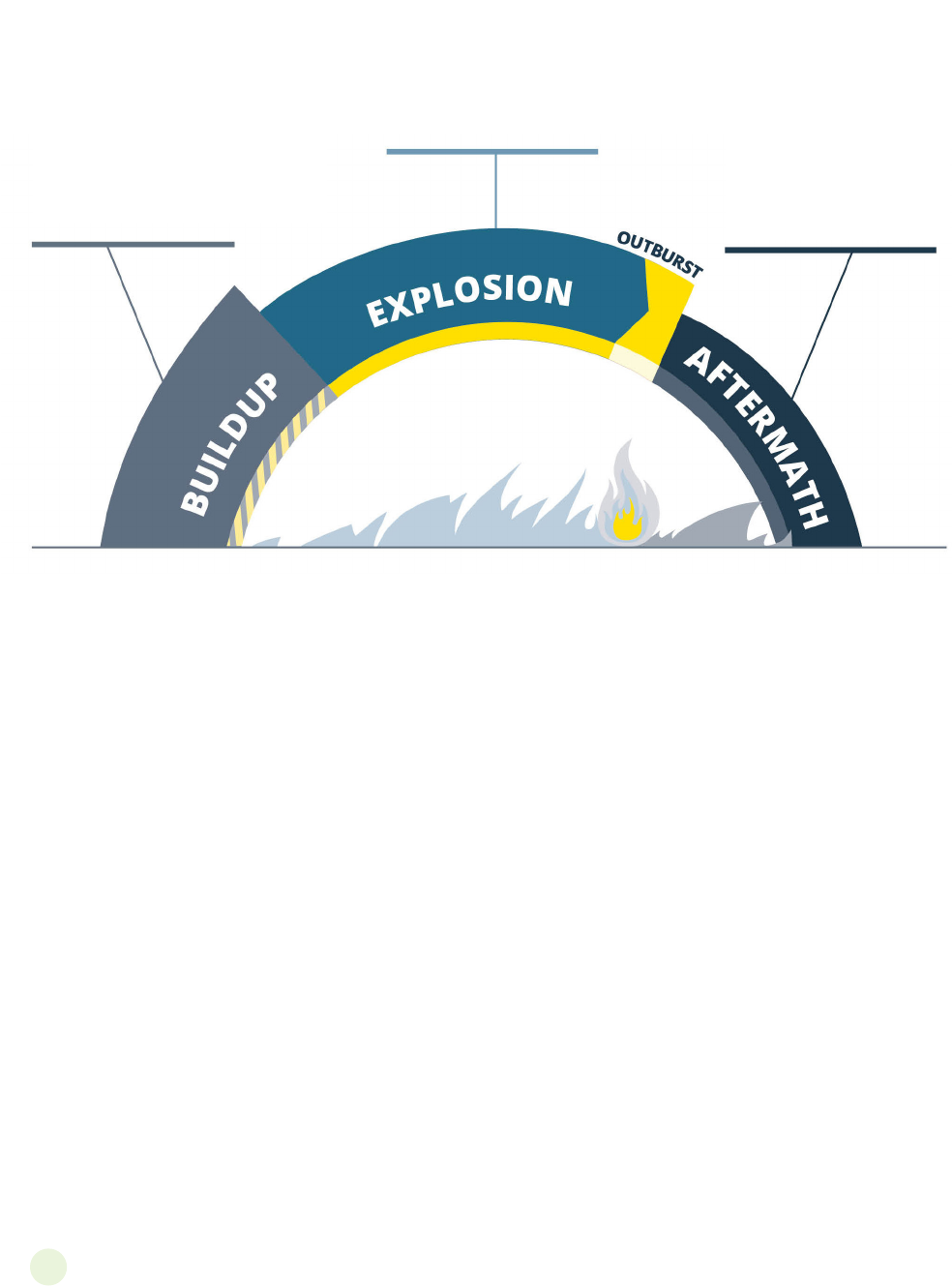
The Aggression Cycle
• increased heart rate
• flushed, hot
• clenched fists
• pacing back and forth
• feelings that underlie anger
• hostile thoughts and
self-talk
• fantasies, images
• verbal aggression
• destructiveness
• violence
• fired from job
• kicked out of
treatment
• financial costs
• loss of family, friends
• jail
• guilt, shame
22
The Aggression Cycle

23
Participant Workbook
Relaxation Through Progressive Muscle Relaxation
Last week you practiced deep breathing as a relaxation technique. This session you will learn how
to use progressive muscle relaxation. You should practice this exercise as often as possible. Here
are the directions.
Take a moment to settle in. Start by getting comfortable in your chair. Close your eyes if you
like. Now, as you did last week, begin to focus on your breathing. Take a deep breath. Hold it
for a second. Now exhale fully and completely. Again, take a deep breath. Fill your lungs and
chest. Now release and exhale slowly. Again, one more time, inhale slowly, hold, and release.
Now, while you continue to breathe deeply and fully, bring your awareness to your hands.
Clench your fists tightly. Hold that tension. Now relax your fists, letting your fingers unfold
and letting your hands completely relax. Again, clench your fists tightly. Hold and release.
Imagine all the tension leaving your hands down to your fingertips. Notice the difference
between the tension and complete relaxation.
Now bring your awareness to your arms. Curl your arms as if you are doing a bicep curl. Tense
your fists, forearms, and biceps. Hold the tension and release. Let your arms unfold and your
hands float back to your thighs. Feel the tension drain out of your arms. Again, curl your arms
to tighten your biceps. Notice the tension, hold, and release. Let the tension flow out of your
arms. Replace it with deep muscle relaxation.
Now raise your shoulders toward your ears. Really tense your shoulders. Hold the tension
for a second. Now gently drop your shoulders and release all the tension. Again, lift your
shoulders, hold the tension, and release. Let the tension flow from your shoulders all the way
down your arms to your fingers.
Notice how different your muscles feel when they are relaxed.
Now bring your awareness to your neck and your face. Tense all those muscles by making a
face. Tense your neck, jaw, and forehead. Hold the tension and release. Let the muscles of
your neck and jaw relax. Relax all the lines in your forehead. One more time, tense all the
muscles in your neck and face, hold, and release. Be aware of the muscles relaxing at the top
of your head and around your eyes. Let your eyes relax in their sockets, almost as if they were
sinking into the back of your head. Relax your jaw and your throat.
Relax all the muscles around your ears. Feel all the tension in your neck muscles release.
Now just sit for a few moments. Scan your body for any tension and release it. Notice how
your body feels when your muscles are completely relaxed.
When you are ready, open your eyes. How was that? Did you notice any new sensations?
How does your body feel now? How about your state of mind? Do you notice any difference
now from when you started?
If you experience pain during this exercise, reduce your level of exertion or focus on relaxing
your muscles without first tensing them.
SESSION 4
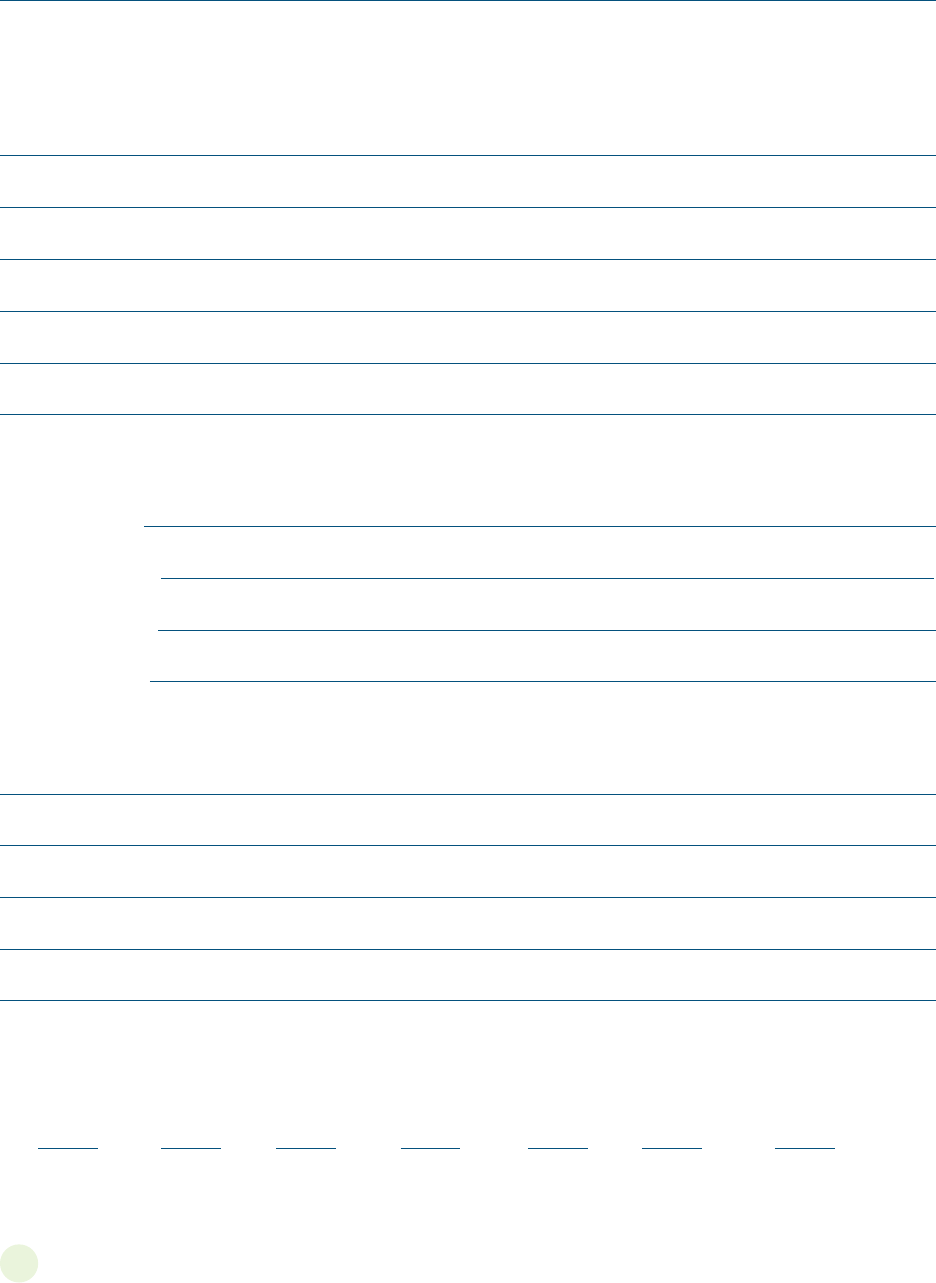
Monitoring Anger for the Week
1. What was the highest number you reached on the anger meter during the past week?
Use your entries on the anger awareness record to respond to the next questions.
2. What was the event that led to your anger?
3. What cues were associated with the anger-related event?
Physical cues
Behavioral cues
Emotional cues
Cognitive cues
4. What strategies did you use to avoid reaching 10 on the anger meter?
• For each day of the upcoming week, monitor and record the highest number you reach on
the anger meter.
_____ M _____ T _____ W _____ Th _____ F _____ Sat _____ Sun
24
The Aggression Cycle

25
Participant Workbook
Notes
SESSION 4
This page intentionally left blank
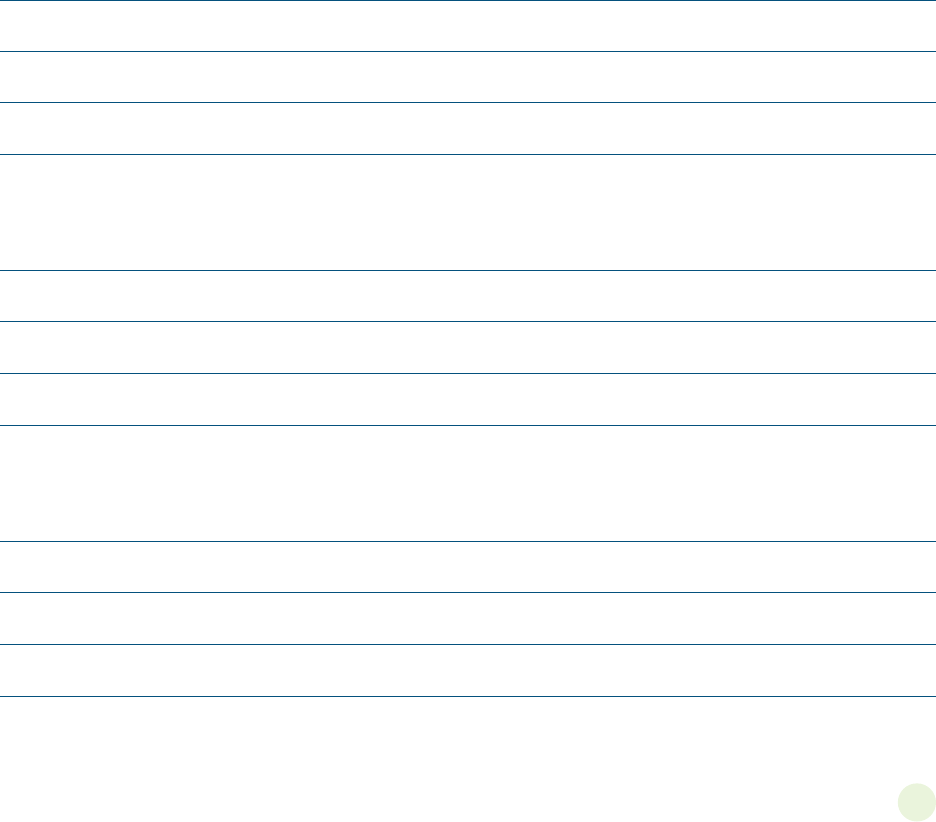
27
Participant Workbook
Session 5
COGNITIVE RESTRUCTURING
In this session, you will learn about the A-B-C-D Model as a form of cognitive restructuring. You
will also learn about thought stopping, an alternative to the A-B-C-D Model.
The A-B-C-D Model
The A-B-C-D Model (see next page) is consistent with the way some people conceptualize anger
management treatment. In this model, “A” stands for an activating event. The activating event is the
“event” or red-flag event. “B” represents our beliefs about the activating event. It is not the events
themselves that produce feelings such as anger; it is our interpretations and beliefs about the
events. “C” stands for the emotional consequences. These are the feelings experienced as a result
of interpretations and beliefs concerning the event. “D” stands for dispute. This part of the model
involves identifying any maladaptive beliefs and disputing them with more rational or realistic ways
of looking at the activating event. The idea is to replace self-statements that lead to, or escalate,
anger with ideas that allow you to have a more realistic and accurate interpretation of the event.
• What does each of the letters of the A-B-C-D Model stand for?
• List some of your maladaptive beliefs.
• How might you dispute these beliefs?
SESSION 5
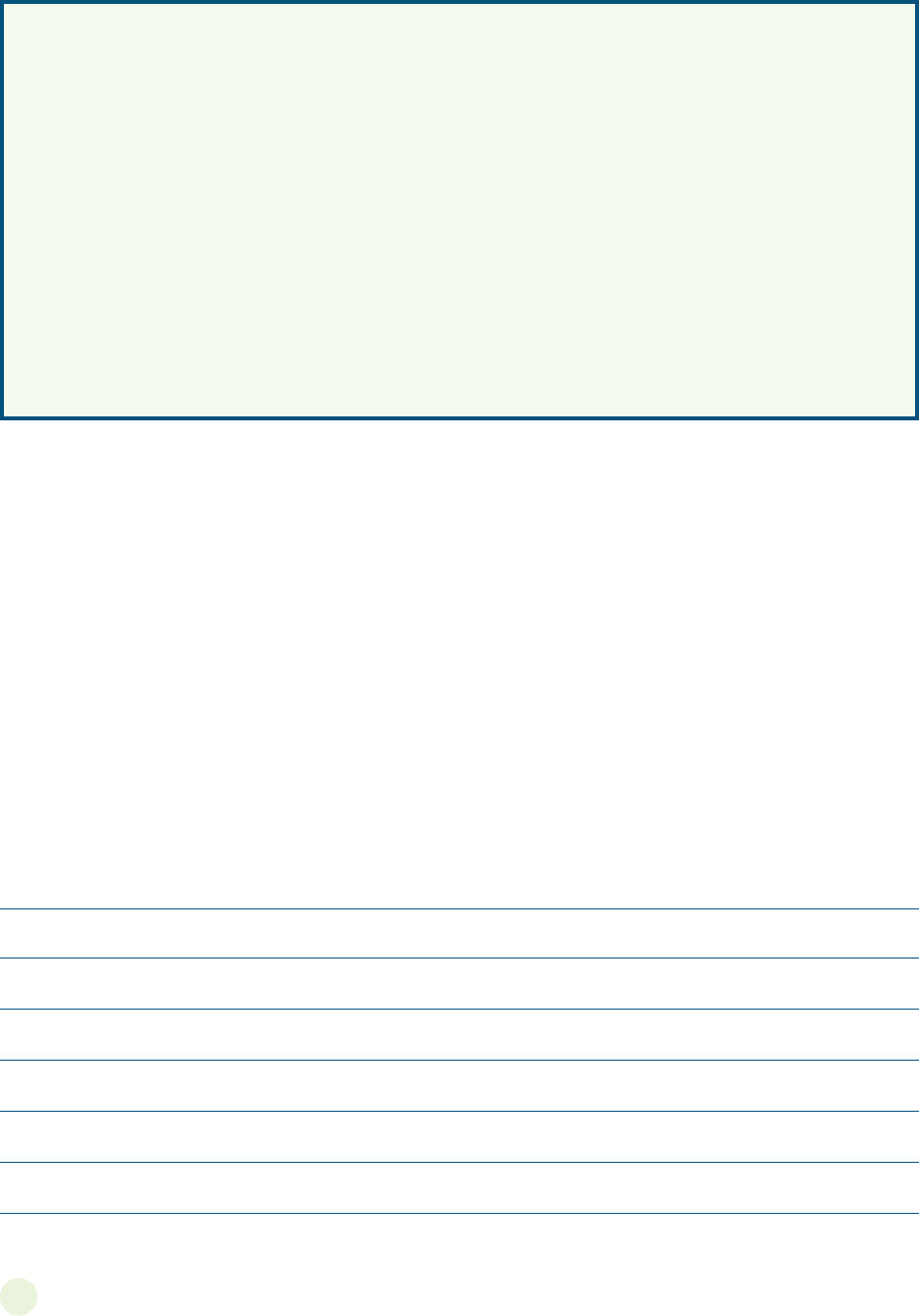
The A-B-C-D Model
A = Activating Situation or Event
B = Belief System
– What you tell yourself about the event (your self-talk)
– Your beliefs and expectations of others
C = Consequence
– How you feel about the event based on your self-talk
D = Dispute
– Examine your beliefs and expectations
– Are they unrealistic or maladaptive?
Based on Ellis, A. (1979). Rational-emotive therapy. In R. Corsini (Ed.), Current psychotherapies (pp. 185–229). Itasca,
Il: Peacock Publishers; and Ellis, A., & Harper, R.A. (1975). A new guide to rational living. North Hollywood, CA:
Wilshire Books.
Thought Stopping
A second approach to controlling anger is called “thought stopping.” Thought stopping is an
alternative to the A-B-C-D Model. In this approach, you simply tell yourself through a series
of self-commands to stop thinking the thoughts that are making you angry. For example, you
might tell yourself, “I need to stop thinking these thoughts; I will only get into trouble if I
keep thinking this way” or “Don’t buy into this situation” or “Don’t go there.” In other words,
instead of trying to dispute your thoughts and beliefs, as outlined in the A-B-C-D Model above,
the goal is to stop your current pattern of angry thoughts before they lead to an escalation of
anger and a loss of control.
• What are some other examples of thought-stopping statements you can use when you
become angry?
28
Cognitive Restructuring
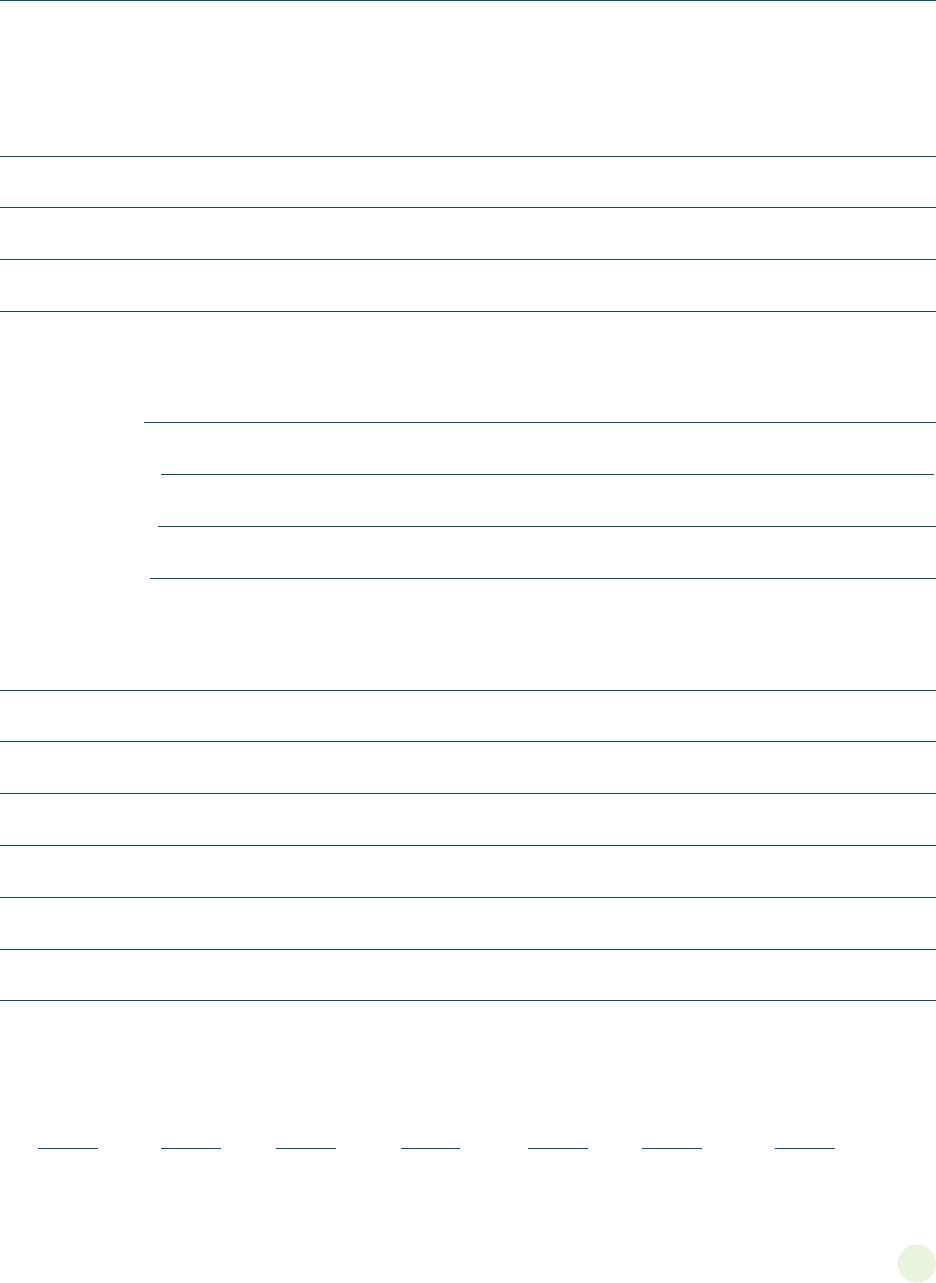
29
Participant Workbook
Monitoring Anger for the Week
1. What was the highest number you reached on the anger meter during the past week?
Use your entries on the anger awareness record to respond to the next questions.
2. What was the event that led to your anger?
3. What cues were associated with the anger-related event?
Physical cues
Behavioral cues
Emotional cues
Cognitive cues
4. What strategies did you use to avoid reaching 10 on the anger meter?
• For each day of the upcoming week, monitor and record the highest number you reach on
the anger meter.
_____ M _____ T _____ W _____ Th _____ F _____ Sat _____ Sun
SESSION 5

Notes
30
Cognitive Restructuring
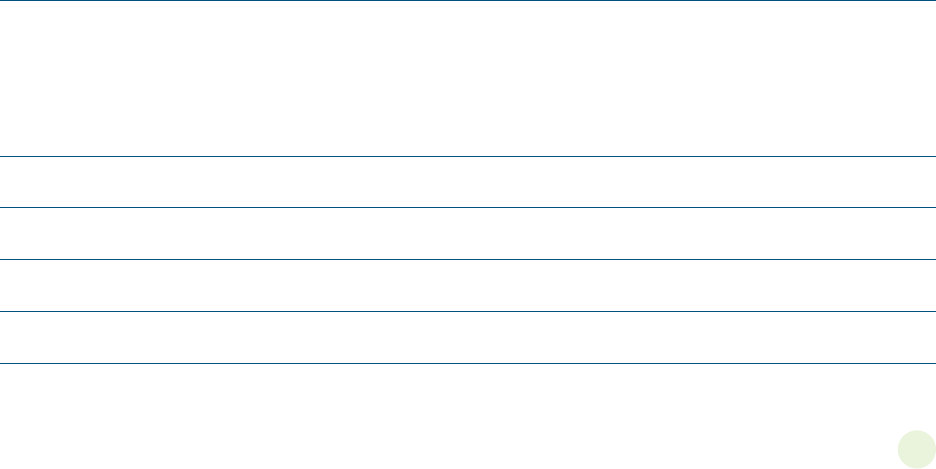
31
Participant Workbook
Session 6
PRACTICE SESSION #1
In this session, you will review and practice the basic concepts of anger management presented
thus far. If you have any questions or you are unclear about any of the concepts or strategies, ask
the group leader to further review this material with you. Here are some of the important things
you’ve already learned about:
— Anger myths
— Changing the anger habit
— Anger meter
— Triggers for anger
— The four kinds of anger cues
— Anger awareness record
— Anger control plans
— Enhancing social support
— Deep breathing and muscle relaxation
— The aggression cycle
— Progressive muscle relaxation
— A-B-C-D Model
— Thought stopping
Monitoring Anger for the Week
1. What was the highest number you reached on the anger meter during the past week?
Use your entries on the anger awareness record to respond to the next questions.
2. What was the event that led to your anger?
SESSION 6

3. What cues were associated with the anger-related event?
Physical cues
Behavioral cues
Emotional cues
Cognitive cues
4. What strategies did you use to avoid reaching 10 on the anger meter?
• For each day of the upcoming week, monitor and record the highest number you reach on
the anger meter.
_____ M _____ T _____ W _____ Th _____ F _____ Sat _____ Sun
32
Practice Session #1

33
Participant Workbook
Notes
SESSION 6
This page intentionally left blank

35
Participant Workbook
Sessions 7 & 8
ASSERTIVENESS TRAINING AND THE CONFLICT
RESOLUTION MODEL
In these two sessions, you will learn about assertiveness, the Conflict Resolution Model, and how
acting in an assertive manner can reduce conflicts you have with others.
Assertiveness Training
As you learned in session 1, aggression is behavior that is intended to cause harm to another
person or damage to property. This behavior can include verbal abuse, threats, or violent acts.
Often, the first reaction when another person has violated your rights or treated you unfairly is to
fight back or retaliate. The basic message of aggression is that my feelings, thoughts, and beliefs
are very important and your feelings, thoughts, and beliefs are unimportant and inconsequential.
One alternative to aggressive behavior is to act passively or in a nonassertive manner. This
behavior is undesirable because you allow your rights to be violated. You may resent the person
who treated you poorly, and you may be angry with yourself for not standing up for your rights.
The basic message of passivity is that your feelings, thoughts, and beliefs are very important but
my feelings, thoughts, and beliefs are unimportant and inconsequential.
People who act in a passive-aggressive way tend to believe that others are making unreasonable
demands on them, so they ignore the demands or try to mess things up for the person who
made the demand. If you express the opinion that you see the demand as unreasonable in an
assertive rather than a passive-aggressive way, others may understand your perspective, and you
may be able to reach a compromise.
From an anger management perspective, the best way to deal with a person who has treated you
unfairly is to act assertively. Acting assertively involves standing up for yourself in a way that is
respectful of other people. The basic message of assertiveness is that my feelings, thoughts, and
beliefs are important and your feelings, thoughts, and beliefs are equally important. By acting
assertively, you can express your feelings, thoughts, and beliefs to the person who violated your
rights without suffering the negative consequences associated with aggression or the devaluation
of yourself associated with passivity or nonassertion.
It is important to emphasize that assertive, aggressive, and passive responses are learned
behaviors; they are not innate, unchangeable traits. By practicing the Conflict Resolution Model,
you can learn to develop assertive responses that will allow you to manage interpersonal
conflicts in a more effective way.
• What are some problems that you may experience if you act aggressively during conflicts
with others?
SESSIONS 7 & 8
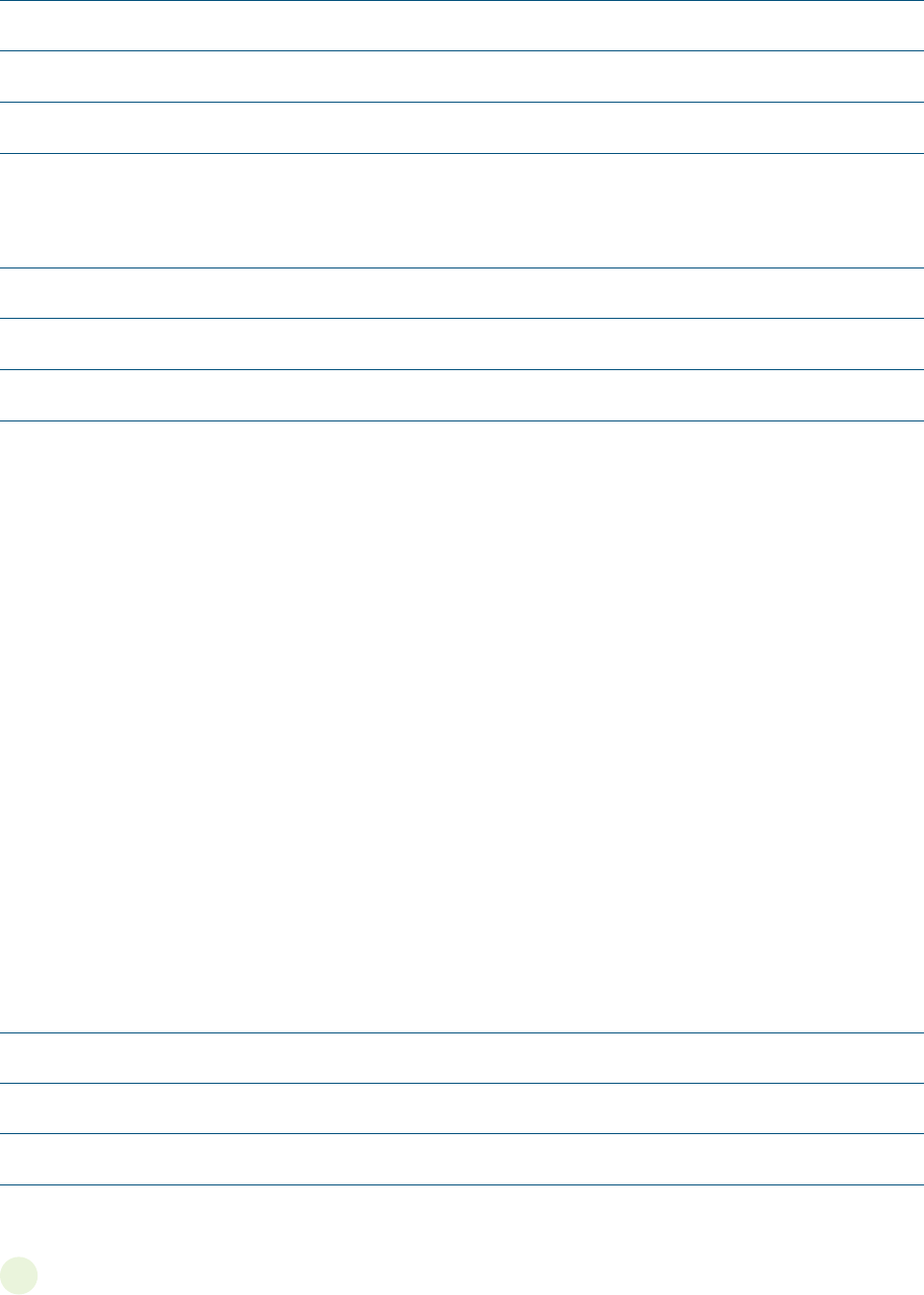
• What are some problems that you may experience if you respond passively during conflicts?
• What are some of the advantages of acting assertively when trying to resolve conflicts?
Conflict Resolution Model
The Conflict Resolution Model is one method you can use to act assertively. It involves five steps
that can easily be memorized.
1. Identifying the Problem. This step involves identifying the specific problem that is causing the
conflict (for example, a friend’s not being on time when you come to pick him or her up).
2. Identifying the Feelings. In this step, you identify the feelings associated with the conflict (for
example, frustration, hurt, or annoyance).
3. Identifying the Specific Impact. This step involves identifying the specific impact or outcome
of the problem that is causing the conflict (for example, being late for the meeting that you and
your friend plan to attend).
4. Deciding Whether To Resolve the Conflict. This step involves deciding whether to resolve the
conflict or let it go. In other words, is the conflict important enough to bring up?
5. Addressing and Resolving the Conflict. In this step, you set up a time to address the conflict,
describe how you perceive it, express your feelings about it, and discuss how it can be resolved.
• What is the purpose of using the Conflict Resolution Model?
36
Assertiveness Training and the Conflict Resolution Model
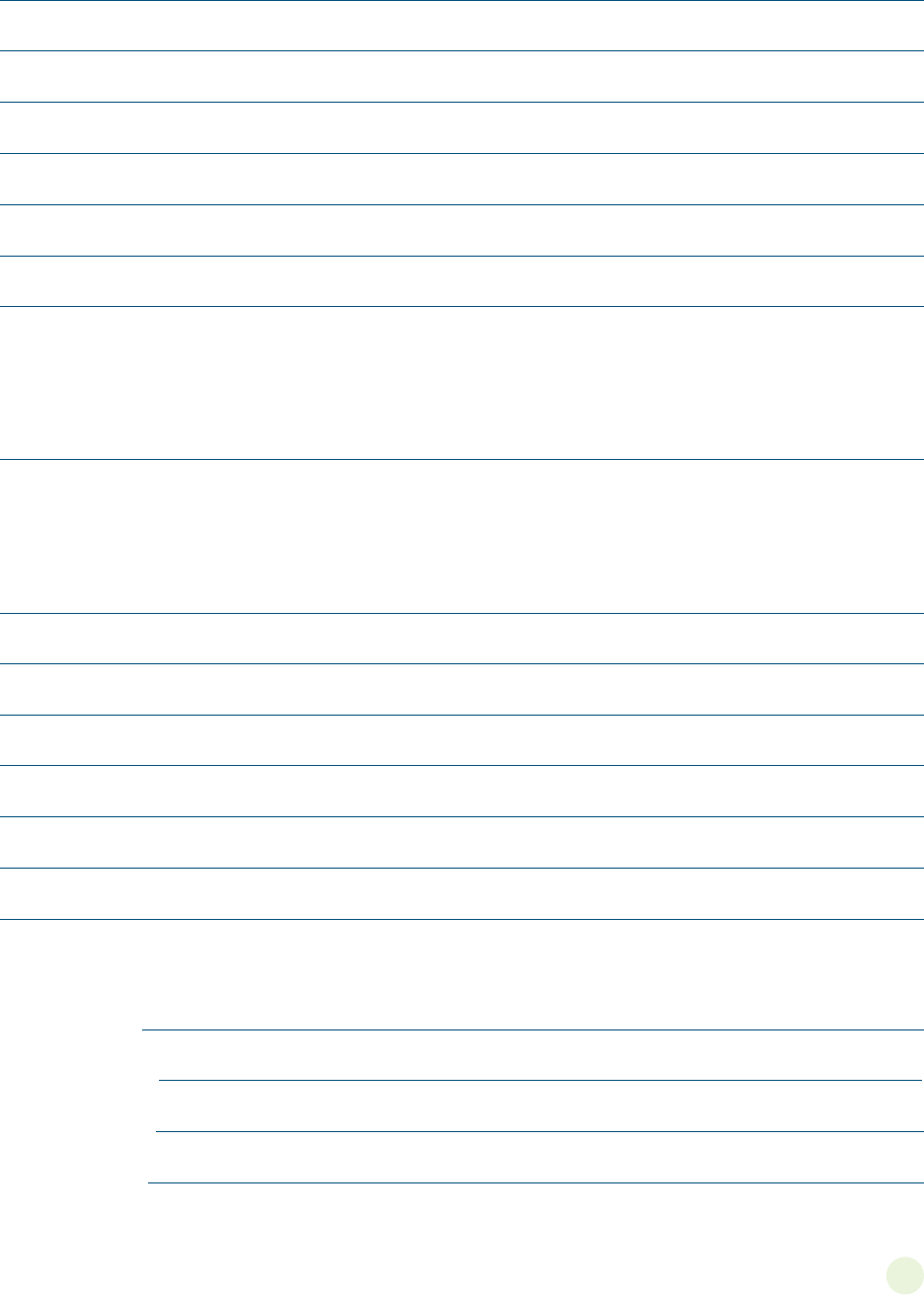
37
Participant Workbook
• Identify the five steps of the Conflict Resolution Model and apply it to an example of your own.
Monitoring Anger for the Week
1. What was the highest number you reached on the anger meter during the past week?
Use your entries on the anger awareness record to respond to the next questions.
2. What was the event that led to your anger?
3. What cues were associated with the anger-related event?
Physical cues
Behavioral cues
Emotional cues
Cognitive cues
SESSIONS 7 & 8

4. What strategies did you use to avoid reaching 10 on the anger meter?
• For each day of the upcoming week, monitor and record the highest number you reach on
the anger meter.
_____ M _____ T _____ W _____ Th _____ F _____ Sat _____ Sun
38
Assertiveness Training and the Conflict Resolution Model

39
Participant Workbook
Notes
SESSIONS 7 & 8
This page intentionally left blank

41
Participant Workbook
Sessions 9 & 10
ANGER AND THE FAMILY
In these two sessions, you will think about how anger and other emotions were expressed in
your family. This involves analyzing how past family interactions affect current thoughts, feelings,
and behavior.
Anger and the Family
For many of us, the interactions we had with our parents have strongly influenced our behaviors,
thoughts, feelings, and attitudes as adults. With regard to anger and its expression, these feelings
and behaviors were usually modeled for us by our parents or parental figures. The following
series of questions concerns the interactions you had with your parents and the families that you
grew up in. Discussing family issues can sometimes bring up uncomfortable feelings. Be sure to
discuss these feelings with the group leader or your counselor.
• Describe your family. Did you live with both parents? Did you have any brothers and sisters?
Where did you grow up?
• How was anger expressed in your family while you were growing up? How did your father
express anger? How did your mother express anger? Were you ever threatened with physical
violence? Was one parent abusive to the other parent or to you?
SESSIONS 9 & 10
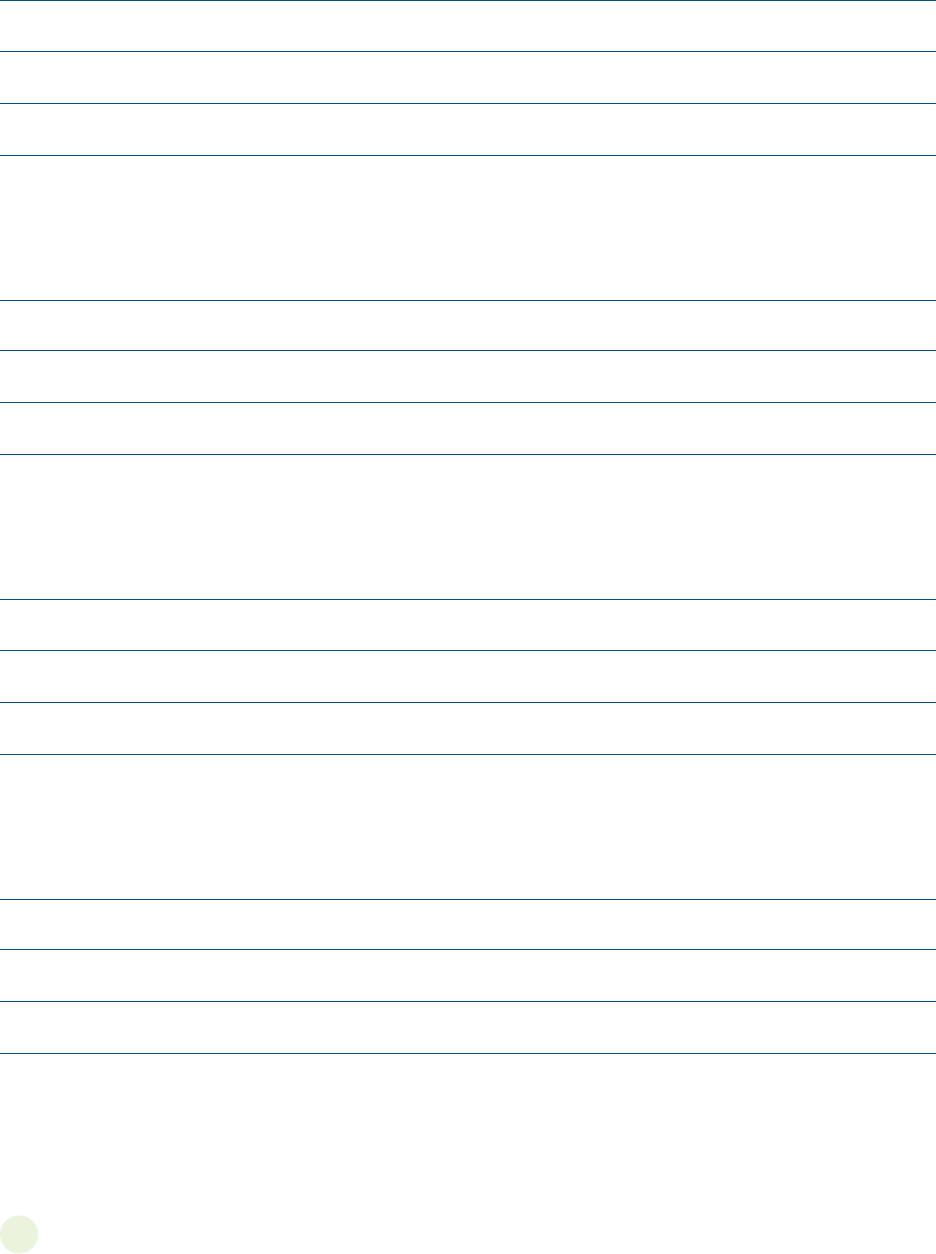
• How were other emotions, such as happiness and sadness, expressed in your family? Was
emotional expression limited to feelings of anger and frustration, or were many different
kinds of emotions expressed?
• How were you disciplined and by whom? Was physical punishment involved (for example, being
hit with hands, belts, switches, or other objects)? How did you respond to this discipline?
• What role did you take in your family? For example, were you the hero, the rescuer, the
victim, the clown, the scapegoat, etc.?
• What messages did you receive about your father and men in general? What messages did
you receive about your mother and women in general?
42
Anger and the Family
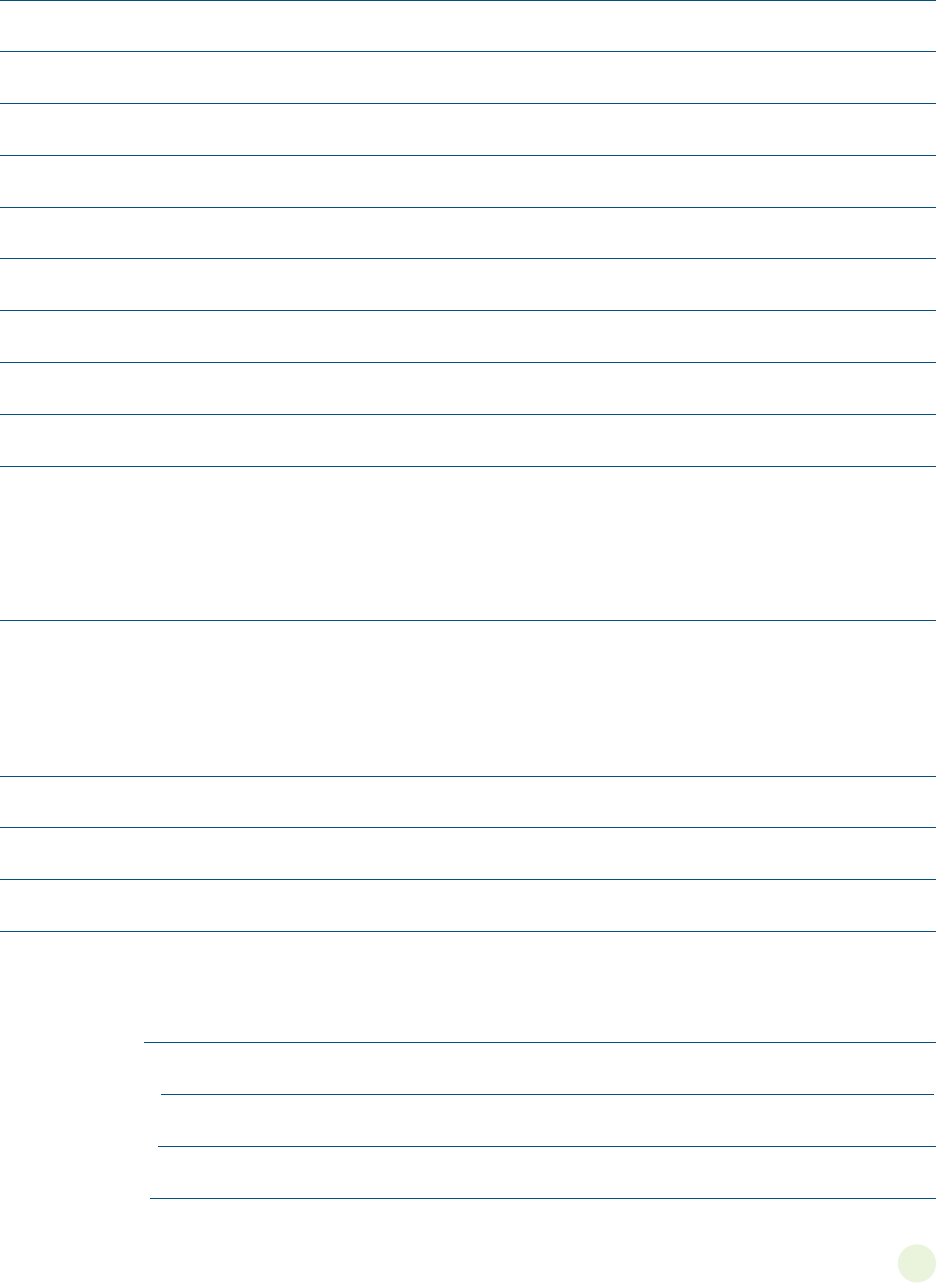
43
Participant Workbook
• What feelings, thoughts, and behaviors carry over into your relationships today? What purpose
do these behaviors serve today? What would happen if you gave up these behaviors?
Monitoring Anger for the Week
1. What was the highest number you reached on the anger meter during the past week?
Use your entries on the anger awareness record to respond to the next questions.
2. What was the event that led to your anger?
3. What cues were associated with the anger-related event?
Physical cues
Behavioral cues
Emotional cues
Cognitive cues
SESSIONS 9 & 10

4. What strategies did you use to avoid reaching 10 on the anger meter?
• For each day of the upcoming week, monitor and record the highest number you reach on
the anger meter.
_____ M _____ T _____ W _____ Th _____ F _____ Sat _____ Sun
44
Anger and the Family

45
Participant Workbook
Notes
SESSIONS 9 & 10
This page intentionally left blank
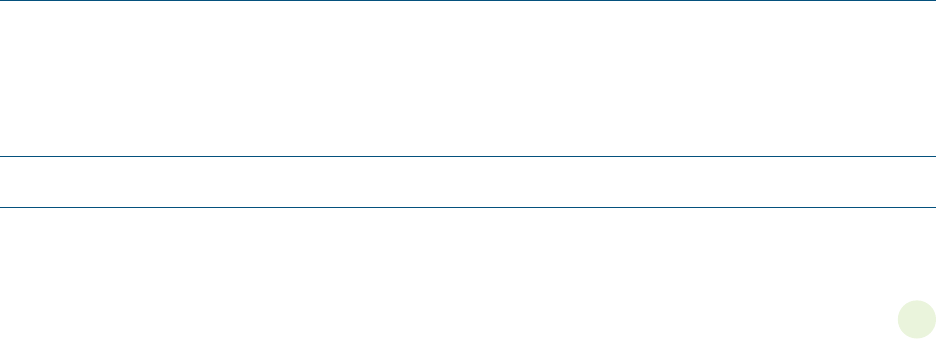
47
Participant Workbook
Session 11
PRACTICE SESSION #2
In this session, you will review and practice the basic concepts of anger management that have
been presented in the group. If you have any questions or are unclear about any of the concepts
or strategies, ask the group leader to further review this material with you. Here are some of the
important things you’ve already learned about:
— Anger myths
— Changing the anger habit
— Anger meter
— Triggers for anger
— The four kinds of anger cues
— Anger awareness record
— Anger control plans
— Enhancing social support
— Deep breathing and muscle relaxation
— The aggression cycle
— Progressive muscle relaxation
— A-B-C-D Model
— Thought stopping
— Assertiveness training
— Conflict Resolution Model
— Anger and the family
Monitoring Anger for the Week
1. What was the highest number you reached on the anger meter during the past week?
Use your entries on the anger awareness record to respond to the next questions.
2. What was the event that led to your anger?
SESSION 11

3. What cues were associated with the anger-related event?
Physical cues
Behavioral cues
Emotional cues
Cognitive cues
4. What strategies did you use to avoid reaching 10 on the anger meter?
• For each day of the upcoming week, monitor and record the highest number you reach on
the anger meter.
_____ M _____ T _____ W _____ Th _____ F _____ Sat _____ Sun
48
Practice Session #2

49
Participant Workbook
Notes
SESSION 11
This page intentionally left blank

51
Participant Workbook
Session 12
CLOSING AND GRADUATION
In this final session, you will review your anger control plans and rate the treatment components
for their usefulness and familiarity. You will also complete a closing exercise and be awarded a
certificate of completion.
Closing Exercise
• What have you learned about anger management?
• List the strategies on your anger control plan. How can you use these strategies to better
manage your anger?
• In what ways can you continue to improve your anger management skills? Are there any
specific areas that need improvement?
SESSION 12

Notes
52
Closing and Graduation

53
Participant Workbook
Appendix
AUTHORS’ ACKNOWLEDGMENTS
This workbook was written by Patrick M. Reilly, Ph.D., Michael S. Shopshire, Ph.D., Timothy C.
Durazzo, Ph.D., and Torri A. Campbell, Ph.D. The authors would like to acknowledge the following
clinicians and researchers for their various contributions to the development of the original
manual and workbook:
Robert Awalt, Psy.D., Peter Banys, M.D., Torri Campell, Ph.D., H. Westley Clark, M.D., J.D., M.P.H.,
Darcy Cox, Ph.D., John Coyne, M.A., Timothy Durazzo, Ph.D., Sharon Hall, Ph.D., Anthony Jannetti,
Ph.D., Monika Koch, M.D., Peg Maude-Griffin, Ph.D., Robert Ouaou, Ph.D., Teron Park, Ph.D., Amy
Rosen, Psy.D., Sheila Shives, M.A., James Sorensen, Ph.D., David Thomson, LCSW, Donald Tusel,
M.D., David Wasserman, Ph.D., and Lisa Wasserman, M.A.
In addition, the authors acknowledge SAMHSA staff, Darrick D. Cunningham, LCSW, BCD, and
Arlin Hatch, CDR, USPHS, Ph.D., for their contributions in updating this manual as the Product
Champions.
Appendix

ANGER MANAGEMENT for Substance Use Disorder and Mental Health Clients
Overview of Group Anger Management Treatment
Notes
54

55
Participant Workbook
Appendix

ANGER MANAGEMENT for Substance Use Disorder and Mental Health Clients
Overview of Group Anger Management Treatment
56

57
Participant Workbook
Appendix

SAMHSA Publication No. PEP19-02-01-002
Substance Abuse and Mental Health Services Administration
First printed 2002
Updated 2019
